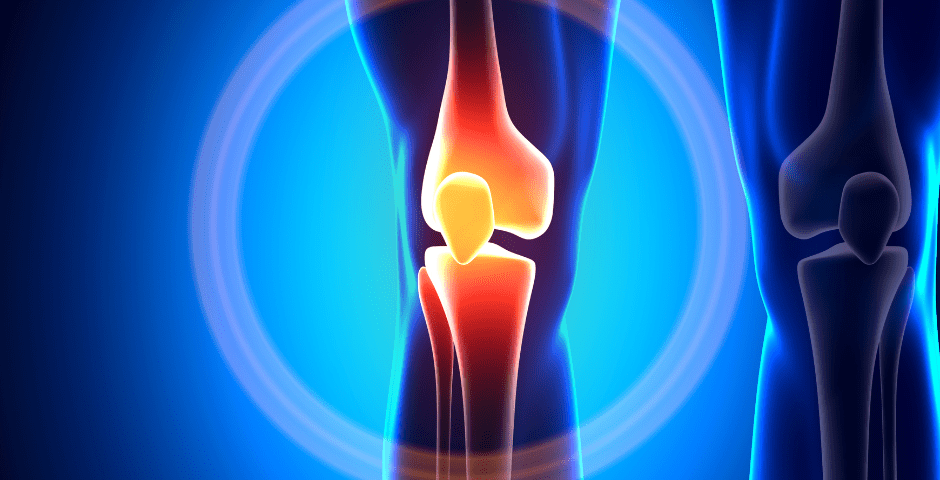Exercise and Spinal Arthritis

The Great Outdoors! Go!
April 13, 2024
What is the Right Kids Helmet for TBI Reduction?
April 20, 2024Exercise and Spinal Arthritis
Spinal arthritis is a condition characterized by inflammation of the facet joints in the spine or the sacroiliac joints connecting the spine and pelvis. This inflammation can also affect ligament and tendon attachment sites on the spine, leading to chronic pain and discomfort. Dr. Deryk Harting, a patient favorite at one of the highest rated auto injury medical care programs in the Tampa Bay area, Chambers Medical Group, explains spinal arthritis and the role of exercise.
The most common type of spinal arthritis is osteoarthritis (OA), which typically results from wear and tear on the joints over time. However, there are various other types of spinal arthritis, including rheumatoid arthritis and spondyloarthritis, each with its own set of causes and risk factors. While osteoarthritis is often linked to aging and mechanical stress, rheumatoid arthritis is an autoimmune disorder. Spondyloarthritis encompasses a group of diseases which affects both joints and ligament/tendon attachments.
Symptoms of spinal arthritis can vary widely but commonly include pain, stiffness, swelling, and reduced flexibility in the affected areas. Other symptoms may include weakness, fatigue, and in some cases, nerve-related symptoms such as numbness or tingling in the arms or legs. Diagnosis typically involves a combination of medical history, physical examination, and diagnostic imaging such as X-rays, CT scans, or MRI scans to pinpoint the affected joints and assess the extent of damage.
Treatment for spinal arthritis aims to manage pain and improve function. This may involve a combination of medication, chiropractic, physical therapy, lifestyle modifications, and in severe cases, surgery. Nonsteroidal anti-inflammatory drugs (NSAIDs) and corticosteroids are commonly used to reduce pain and inflammation, while physical therapy can help improve muscle strength and flexibility in the spine. Lifestyle changes such as weight management and smoking cessation can also play a role in managing symptoms.
Exercise is a crucial component in managing osteoarthritis as it offers many benefits beyond just alleviating joint pain. Regular physical activity and exercise not only reduces the risk of chronic conditions like heart disease and diabetes but also improves mood, sleep, and decreases stress levels. Moreover, exercise serves as the most effective nonsurgical treatment for reducing OA symptoms by maintaining joint flexibility, increasing muscle strength/endurance, and providing weight management to minimize stress on joints.
It is essential for individuals with osteoarthritis to consult with a doctor before starting any new exercise protocol to ensure it is suitable for their condition. Based on the severity of OA, a healthcare provider may recommend specific exercises tailored to relieve pain and preserve joint health. Here are different forms of exercise that can help OA patients:
- Flexibility exercises, such as stretching routines and activities like yoga, tai chi, and Pilates all enhance joint range of motion and overall relaxation.
- Strength training and resistance exercises are vital for building muscle and acting as shock absorbers to protect joints. These exercises typically involve using hand-held weights, resistance bands, or machines to strengthen different muscle groups.
- Aerobic exercises are beneficial for enhancing muscular endurance, burning calories, and facilitating weight loss. Aerobic exercise can also challenge larger muscle groups to improve cardiovascular health. Low-impact aerobic exercises like swimming, stationary cycling, or water aerobics in warm water or therapeutic pools are particularly advantageous for individuals with OA as they minimize joint stress and provide a rigorous workout at the same time.
- Adding enjoyable recreational activities into daily routines complements structured exercise regimens and motivates individuals to stay active. Activities such as walking, hiking, cycling, golfing, and gardening offer low-impact alternatives for treating arthritis while providing variety.
To maximize the benefits of exercise for individuals with osteoarthritis, it is essential to adopt a comprehensive approach. Incorporating a whole food diet rich in nutrients such as antioxidants, omega-3 fatty acids, and vitamins can help reduce inflammation and support joint health. It can also be equally as important to avoid sugary, high-calorie, highly processed foods and drinks. Additionally, supplements like glucosamine, chondroitin, hydrolyzed collagen, and turmeric may offer more assistance in joint function and pain management. Devoting time for a thorough warm-up before exercise sessions and a gradual cool-down afterward can help prepare the body for activity, prevent injury, and promote muscle recovery. Furthermore, selecting appropriate exercises tailored to individual needs, capabilities, and response is crucial for managing osteoarthritis effectively. By integrating these strategies into their exercise regimen, individuals with osteoarthritis can enhance joint health, alleviate symptoms, and improve overall well-being.
— This article is written by Deryk Harting, DC, one of the members of Chambers Medical Group’s team of car accident chiropractors who offer a variety of treatments and therapies ranging from diagnostic testing to various soft tissue therapies for car accidents and injuries in Florida.
- Car Accident Medical Clinic in Tampa
- Car Accident Medical Clinic in Plant City
- Car Accident Medical Clinic in Brandon
- Car Accident Medical Clinic in Lakeland
- Car Accident Medical Clinic in Sarasota
- Car Accident Medical Clinic in Louisville
- Car Accident Medical Clinic in Lexington
- Car Accident Medical Clinic in Florence




